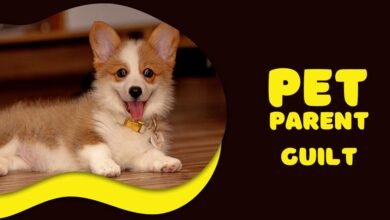Traditional Dress of Uttar Pradesh: A Colorful Cultural

Uttar Pradesh, located in northern India, is a state known for its historical significance and vibrant traditions. One of the most visible expressions of its rich cultural identity lies in its traditional dress. Rooted deeply in history and influenced by religion, climate, and occasion, the traditional attire of Uttar Pradesh reflects both elegance and modesty.
Traditional Attire for Men
The traditional dress of Uttar Pradesh for men typically includes the dhoti, kurta, and sherwani. The dhoti, a rectangular cloth wrapped around the waist and legs, remains one of the oldest forms of male clothing in India. Often paired with a light cotton kurta, this ensemble is common in rural areas and during religious events.
For special occasions such as weddings and festivals, men often wear sherwanis. These long, tailored coats, made from rich fabrics like silk or brocade, are complemented by churidar or pyjama bottoms. In many communities, the ensemble is completed with a safa or pagdi—traditional turbans that symbolize honor and respect.
Women’s Traditional Clothing
In Uttar Pradesh, women’s traditional dress varies by region, religion, and social customs. However, the saree remains a staple across all communities. Generally, women drape the saree in the nivi style, allowing free movement while maintaining grace. Fabrics such as cotton and silk are preferred, especially in warmer climates.
Young women and brides frequently wear the lehenga choli, especially during weddings and major festivals. The lehenga, a flared skirt, is paired with a fitted choli (blouse) and a dupatta or odhni. These garments are often heavily embroidered and adorned with zari (metal thread) work, mirror work, or sequins, depending on the occasion.
Additionally, Muslim women often wear salwar kameez or anarkali suits, especially in cities like Lucknow and Bareilly. These outfits, though modest, are no less ornate and typically feature intricate embroidery and luxurious fabrics.
Cultural Significance and Occasions
Traditional dress in Uttar Pradesh is not merely about fashion—it is steeped in symbolism and functionality. During religious festivals like Diwali, Holi, or Eid, people wear vibrant and ornate attire to celebrate with joy and reverence. On such occasions, colors are chosen not just for beauty, but for meaning. Red signifies prosperity, while yellow is associated with happiness and sanctity.
Similarly, at weddings, attire plays a crucial role in signifying community, caste, and familial heritage. For example, a Hindu bride may wear a red Banarasi saree woven with gold thread, while a Muslim bride might prefer a richly embroidered sharara or gharara in colors like green or gold.
Regional Variations in Dress
Transitioning from one region to another within Uttar Pradesh reveals subtle differences in traditional attire. In Varanasi, the Banarasi saree stands out as a globally recognized garment known for its fine silk and intricate brocade work. On the other hand, in Western Uttar Pradesh, women often prefer lighter fabrics and brighter prints influenced by nearby Rajasthan.
Lucknow, the state capital, is particularly famous for Chikankari embroidery, a delicate hand-embroidered technique that graces kurtas, sarees, and dupattas. Clothing from this region is not only worn locally but also exported internationally, showcasing the elegance of Uttar Pradesh’s craftsmanship.
Contemporary Influence and Adaptations
While traditional garments remain significant, modern trends have begun influencing the wardrobe choices of Uttar Pradesh’s younger generation. Many now blend tradition with comfort by pairing kurtas with jeans or opting for ready-to-wear lehengas. Despite these changes, traditional dress of Uttar Pradesh remains prominent during cultural functions and ceremonies.
Even celebrities and fashion designers have helped revive interest in traditional garments from Uttar Pradesh. Shows and exhibitions frequently feature Banarasi sarees and Chikankari outfits, encouraging a renewed appreciation for regional craftsmanship.
Conclusion
The traditional dress of Uttar Pradesh reflects centuries of cultural evolution, religious influence, and regional pride. From the dhoti-kurta to the Banarasi saree, each garment tells a story of heritage and identity. As fashion continues to evolve, these traditional styles remain timeless, treasured not only for their beauty but for the cultural meaning they carry.
Whether worn daily or during festivals, the attire of Uttar Pradesh connects its people to a shared past and continues to inspire future generations. Therefore, preserving and celebrating these garments is essential for sustaining the state’s rich cultural fabric.




